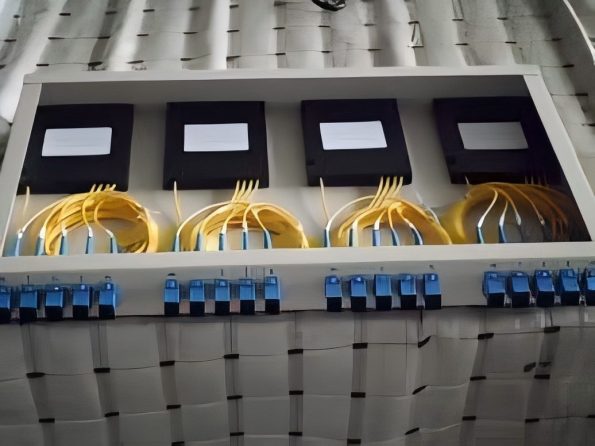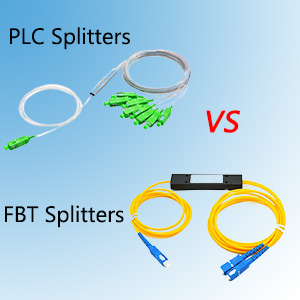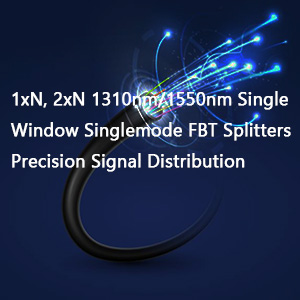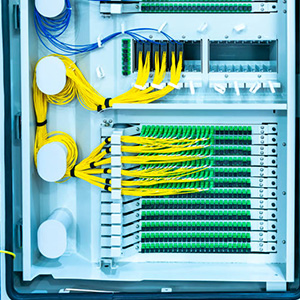ABS PLC (Planar Lightwave Circuit) splitters play a crucial role in fiber optic networks, directly influencing signal distribution, quality, and overall network performance. By dividing a single optical signal into multiple outputs, ABS PLC splitters allow seamless connectivity across a wide network area, from data centers to residential FTTH (Fiber-to-the-Home) deployments.
Their robust ABS casing provides durability, protecting sensitive fiber components from environmental factors and ensuring stable performance. In this article, we’ll explore how ABS PLC splitters impact network efficiency, signal quality, and the essential factors to consider when integrating them into your optical network.

1.Signal Distribution Efficiency
ABS PLC splitters are able to evenly distribute an incident optical signal to multiple output endpoints. This equal distribution helps ensure that every user in the network can obtain consistent signal quality and service levels. If the performance of the splitter is poor, it may cause the signal to be too strong at some endpoints and too weak at other endpoints, affecting the overall performance of the network and user experience.
2.Network Scalability
By using ABS PLC splitters, network operators can expand network coverage without adding additional optical lines, simply by increasing the output ports of the splitter. This scalability helps reduce costs and increase network flexibility.
3.Reliability And Durability
ABS housing provides additional protection, allowing the splitter to adapt to various environmental conditions, whether indoors or outdoors. This durability ensures the stability and reliability of the network and reduces service interruptions caused by equipment damage.
4.Port Configuration Flexibility
ABS PLC splitters provide a variety of port configurations, such as 1×2, 1×4, 1×64, etc., which allows network operators to choose the appropriate splitting ratio according to specific network needs. Correct port configuration can optimize the use of network resources and improve network efficiency.
5.Installation And Maintenance Convenience
Different types of ABS PLC splitters are designed for different installation environments, such as 1U rack-mount, mini plug-and-play, tray-mount, etc. These designs allow splitters to be quickly deployed and maintained, reducing the time and cost of installation and maintenance.
6.Cost-effectiveness
For applications with limited budgets, choosing cost-effective solutions such as bare PLC splitters can reduce costs without sacrificing performance, making network construction more economical and efficient.
7.Network Upgrade And Compatibility
The modular design of ABS PLC splitters allows them to be easily integrated into existing network infrastructure, which helps smooth network upgrades and expansions while maintaining compatibility with existing technologies.
In summary, ABS PLC splitters have a positive impact on network performance by providing efficient signal distribution, network scalability, high reliability, flexibility, installation and maintenance convenience, and cost-effectiveness. The correct selection and deployment of ABS PLC splitters is essential for building high-performance and high-reliability fiber networks.










